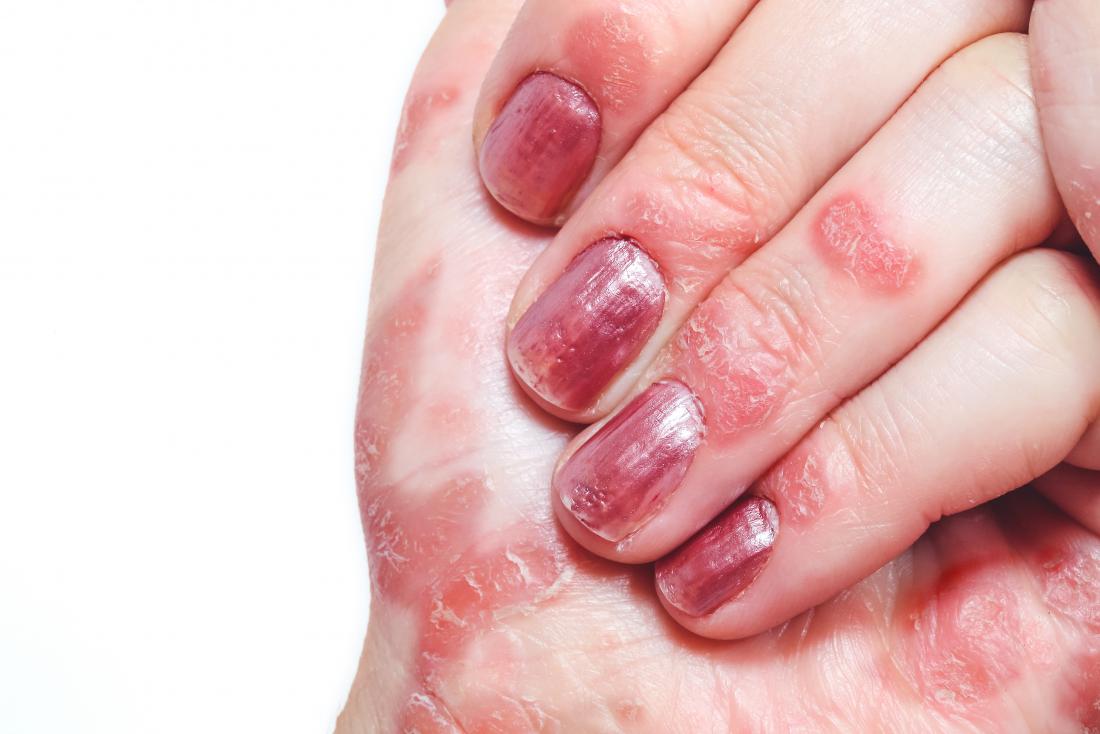
There are no tests to diagnose the condition, so a doctor must rely on a physical exam.

Pityriasis rosea is not well understood but is believed to be caused by a virus. Pityriasis can progress over the course of days or weeks.

Pityriasis is also commonly seen on the upper arms and upper legs but rarely on the face (except in children).
PINPOINT RASH ON HANDS SKIN
Those affected often feel unwell for a day or two prior to the onset of skin symptoms. It often has a ring-like appearance similar to ringworm in the early stages. This is soon followed by the appearance of other smaller patches or bumps, often in a pine tree-like pattern.Ī pityriasis rosea rash is typically red, scaly, and sometimes itchy. Pityriasis rosea is a common, benign rash that often starts as a single large spot (called a “herald patch”) on the chest, abdomen, or back. While hives will usually go away on their own, antihistamines may be used to relieve itching and inflammation. Hives can also develop in response to hot or cold temperatures, excessive perspiration, and stress. It is a closely related condition in which swelling occurs in deeper tissue layers (typically around the eyes, lips, and face). Appear as red, raised areas of inflammation with no distinct borderĪngioedema, may also be present.They typically last for less than 24 hours and often go away within minutes or hours, but may appear in new areas as well. There are times when an allergy or infection will cause the immune system to release a substance called histamine into the bloodstream. When this happens, tiny blood vessels in the skin expand and leak fluid into the outermost layer, called the epidermis. This results in raised, red bumps or welts, a skin condition recognized as hives ( urticaria). Vaccination is recommended for all adults 50 and older. It also keeps it from spreading to vulnerable parts, like your eyes.Ī highly effective shingles vaccine known as Shingrix (recombinant zoster vaccine) is available. Early treatment with antiviral drugs such as Zovirax (acyclovir) can shorten the outbreak. See a healthcare provider as soon as you recognize the rash with fluid-filled blisters. Older adults and those whose shingles is untreated are at higher risk. Shingles sometimes causes long-term nerve pain. The pain of shingles ranges from prickly, persistent discomfort to deep, excruciating pain. It’s a nerve infection and is limited to an area of skin supplied by a single nerve. Shingles almost always affects just one side of the body. Shingles is contagious during the blistering phase. Eruptive stage: Tiny, painful blisters appear.Pre-eruptive stage: A dull, localized ache and increased sensitivity to touch.Shingles typically strikes later in life. High-risk groups include people with compromised immune systems. Most people have a 30% chance of developing shingles at some point during their lifetime. It’s caused by a reactivation of the varicella virus. Shingles (herpes zoster) is a painful rash. Psoriasis sometimes goes away without treatment. It may include topical steroids, immunosuppressants, and UV light therapy. Treatment varies by the severity of the outbreak. Your healthcare provider may rule out similar skin conditions such as: It may require a skin biopsy for confirmation. Psoriasis is often diagnosed by its appearance. Guttate psoriasis: Small, pink bumps shaped like teardrops.Plaque psoriasis is most common on the elbows, knees, and scalp. Flaking, cracked, dry skin that can bleed when scratched.Red or dark patches of skin covered with thick, silvery scales.Plaque psoriasis is the most common form of psoriasis. That leads to a buildup of cells-the psoriasis rash. New ones are produced faster than the old ones can be shed. In psoriasis, the skin cells are attacked. In autoimmune disorders, your immune system mistakenly attacks healthy tissues. Triggers may include:Ībout 2% of the global population has psoriasis. Psoriasis is an autoimmune skin disorder. MARAZZI/SCIENCE PHOTO LIBRARY / Getty Images Impetigo is typically treated with antibiotics.ĭR P. That sets it apart from shingles and other types of eruptive lesions. Young children are most likely to have it. When impetigo involves large blisters (known as bullae), it’s called bullous impetigo.

Still, your healthcare provider may order a bacterial culture to confirm the diagnosis. The honey-colored crust is usually a tell-tale sign of impetigo. Using tissues makes the skin around their noses raw. Its distinctive features are:īacteria typically enter your body through a cut, scrape, burn, or insect bite.Ĭhildren often get impetigo after a cold. Impetigo is most common on the face or limbs. It's usually caused by either Streptococcus (strep) or Staphylococcus (staph) bacteria.


 0 kommentar(er)
0 kommentar(er)
